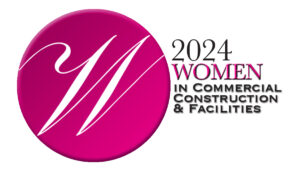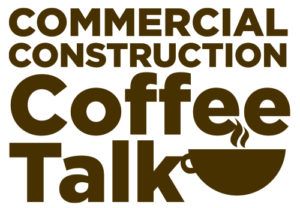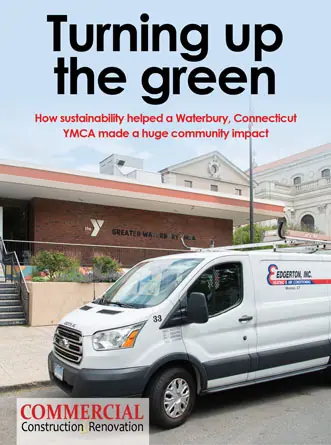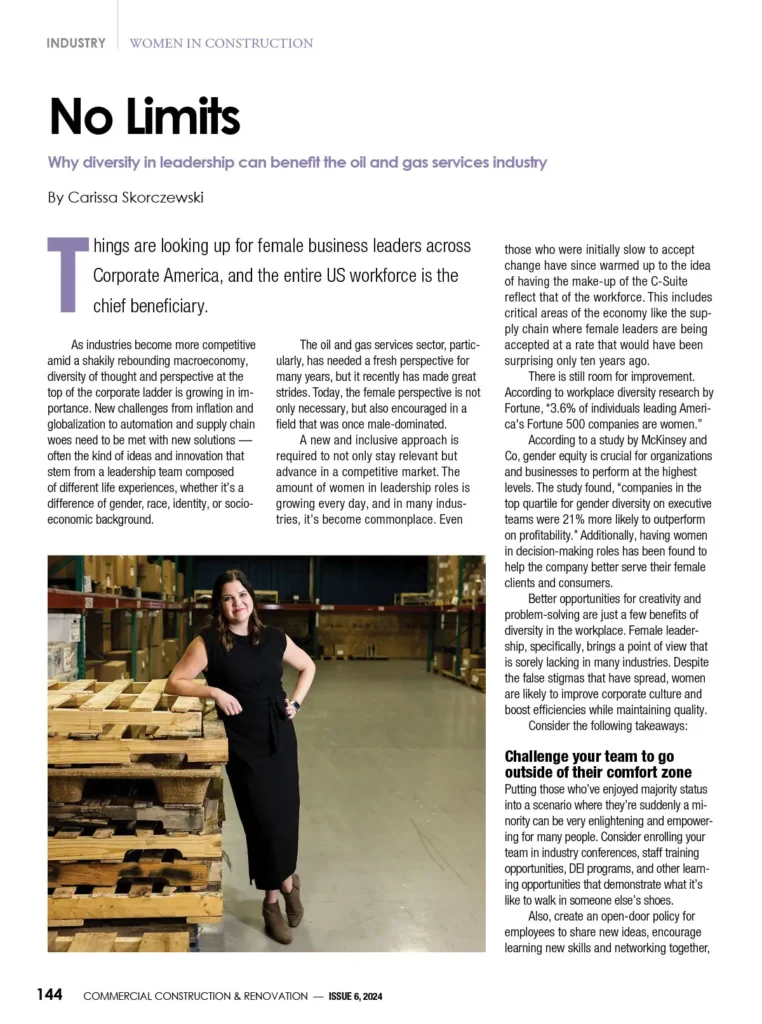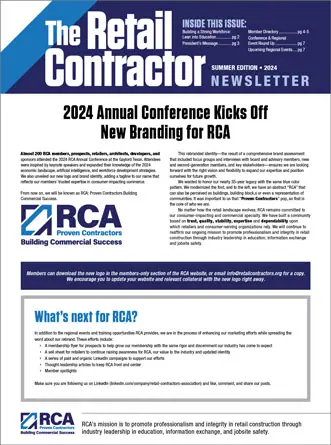Being the 25th largest state in the USA, Wisconsin has recently witnessed rapid growth in its commercial property market. Wisconsin’s commercial property market has gone through a significant evolution in recent times. Due to its strong economy and numerous business opportunities, this state has become an appealing destination and place of pride for home buyers, and local people.
Current State of Wisconsin’s Commercial Property Market
The state of Wisconsin is economically affluent and a wide range of industries is present here. Major cities in this state like Milwaukee, Madison, and Green Bay have experienced a surge in demand for commercial space, which leads to increased construction activity and a rise in property values. The vacancy rates have remained relatively low, indicating a healthy demand-supply balance.
Key Development & Emerging Trends
There are several key developments and emerging trends that are shaping Wisconsin’s commercial property market, such as:
-
Technological Advancement
There has been increased integration of technology in Wisconsin’s commercial property market. Smart buildings with advanced automation HVAC (Heating, Ventilation, and air conditioning), smart lighting, integrated security, and energy-efficient systems are becoming the norm.
-
Flexible Workspaces
Due to the rise of remote and flexible work arrangements, the demand for commercial properties is growing in Wisconsin. Businesses are adapting to remote and hybrid models, and there’s a surge in demand for flexible and co-workspaces. Investors are capitalizing on this trend, transforming traditional office spaces into dynamic environments that cater to the evolving needs of modern businesses.
-
Impact of E-commerce
The boom in e-commerce has significantly influenced the industrial real estate segment. Warehousing and distribution centers are experiencing increased demand as businesses seek strategically located facilities to streamline their supply chains. This trend is affected by the force of e-commerce and due to rapid change in the market.
-
Mixed-Use Developments
Wisconsin is witnessing a rise in mixed-use developments that seamlessly blend residential, commercial, and recreational spaces. There are many cities in Wisconsin where people are willing to buy homes due to their natural beauty and vibrant community facilities. Lauderdale Lake is one of the significant communities with lakes and natural scenarios in Wisconsin which is a center of attraction for its residential facilities. The price of homes in Lauderdale Lake has been stable for several years, making it the most attractive destination for lake lovers. Kohler is another popular city in Wisconsin, which has several educational institutions (public schools), and commercial facilities.
-
Health and Wellness-Centric Spaces
Wisconsin’s commercial property market is facing increasing emphasis on health and wellness-centric spaces. Due to the awareness of health, businesses and property developers are prioritizing features such as enhanced ventilation systems, and touchless technology, in commercial and residential spaces.
-
Opportunity Zones
The designation of Opportunity Zones in Wisconsin has become a catalyst for investment and development. These zones offer investors tax incentives for investing capital gains in designated areas. Through these opportunities, investors can seek financial returns as well as contribute to the revitalization of disadvantaged areas.
Opportunities for Investors
Investors have numerous opportunities open for them in Wisconsin’s commercial property. Investors can invest in developing smart buildings due to the increasing trend of using technology in commercial spaces. They can invest in numerous technologies, used in living spaces, such as automation systems, energy-efficient solutions, and groundbreaking infrastructure, etc.
Collaborative and dynamic workspaces are becoming increasingly popular in Wisconsin. So, investors can consider renovating existing properties to meet the growing need for flexible work environments. This adaptive workspace will attract more potential buyers.
Due to the increasing trend of mixed-use developments, investors can contribute to creating compact, vibrant communities. Investors can spend money on initiatives that integrate community, business, and residential areas.
Moreover, Investors can go for financing eco-friendly projects. They can invest in energy-efficient technologies, green building initiatives, and environment-friendly building designs. This type of investment is cost-effective as well as environment-friendly.
Challenges and Considerations

The commercial real estate market of Wisconsin can fluctuate by economic incidents, like inflation, etc. That is why investors need to keep a close eye on market trends and act accordingly. This step will help them evaluate possible effects on rental rates, property values, and total returns on investment.
Due to the recent change in office culture, such as – remote and hybrid offices, a major shift in commercial space is noticeable. In this situation, investors need to carefully consider the situation to adapt to the changing trend. They can invest in various coworking spaces in Wisconsin.
The use of technology has initiated many risks in the commercial property market such as potential cybersecurity threats and the need for ongoing updates and maintenance. That is why, investors should be mindful of these technological risks and allocate resources for cybersecurity measures to safeguard their investments.
Zoning regulations of any state are crucial for the development and use of commercial properties. Investors should have a proper knowledge of the legal regulations, zoning laws, and other laws of Wisconsin before making any investment.
For sustainable initiatives, investors must carefully consider environmental issues. They need to estimate the costs and benefits of implementing green technologies and other sustainable practices before investment. They need to take a considerate approach to balancing the potential for long-term value with such initiatives.
Conclusion
In recent years, there has been exceptional change in Wisconsin’s commercial property market. By strategically aligning investments with technological trends, flexible work preferences, e-commerce demands, mixed-use developments, and sustainability initiatives, investors can contribute to shaping and growing the future of Wisconsin’s commercial real estate sector.











 The 2024 virtual Men’s Round Table will be held Q4, 2024, date TBD.
The 2024 virtual Men’s Round Table will be held Q4, 2024, date TBD.